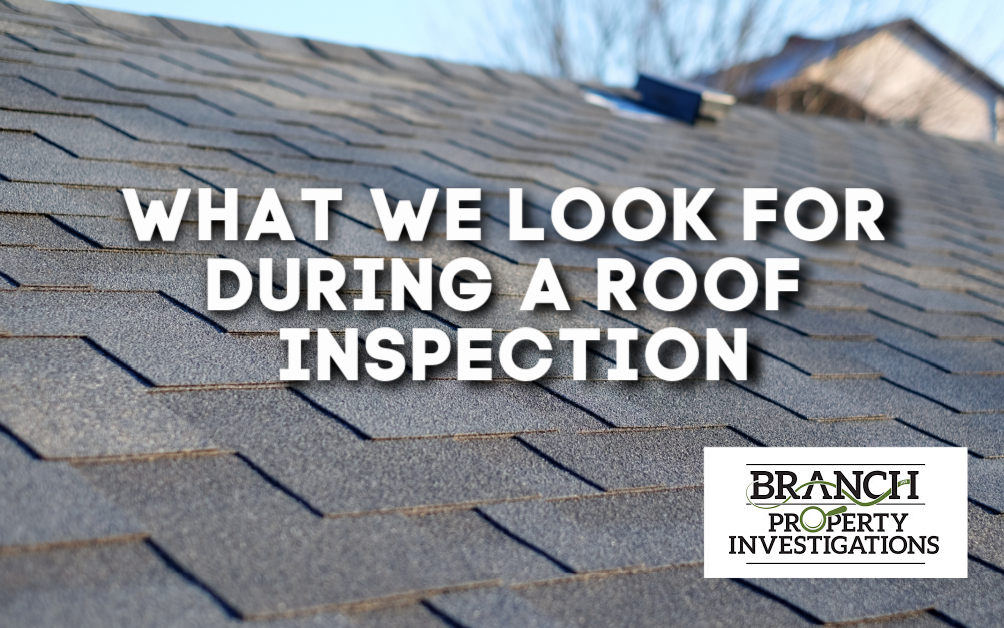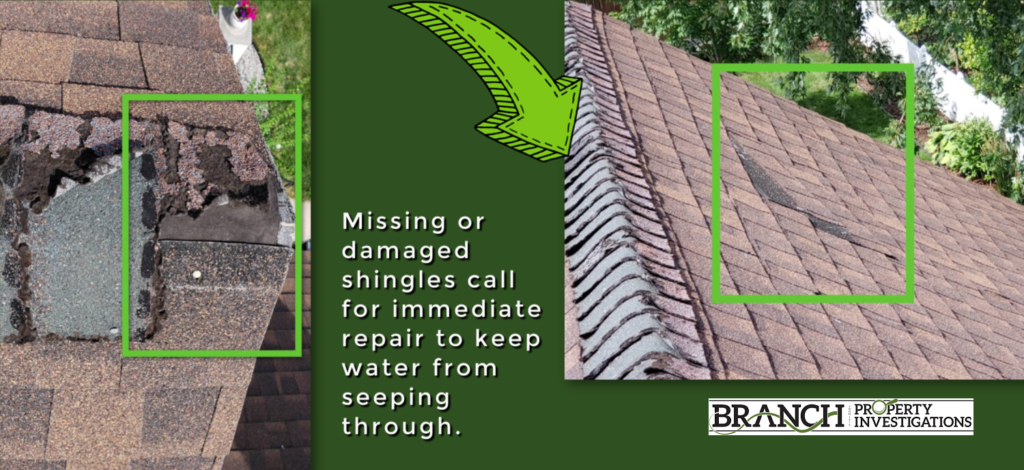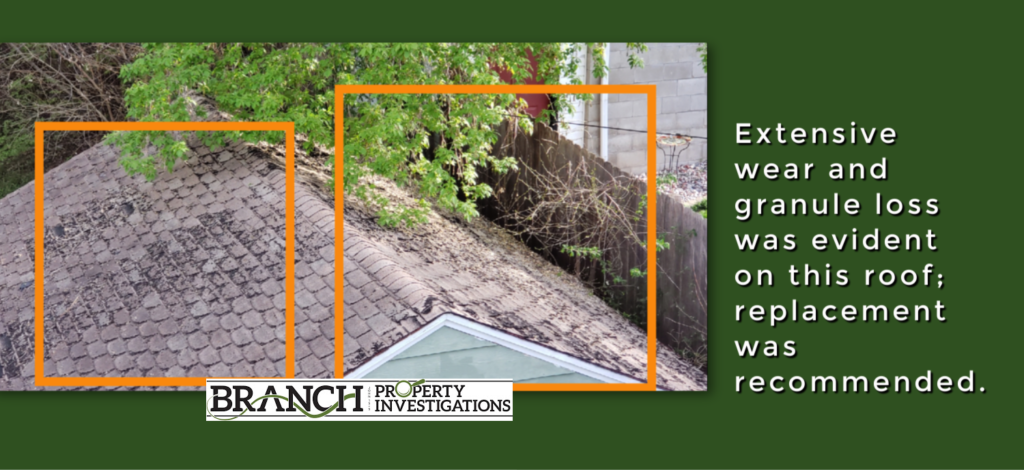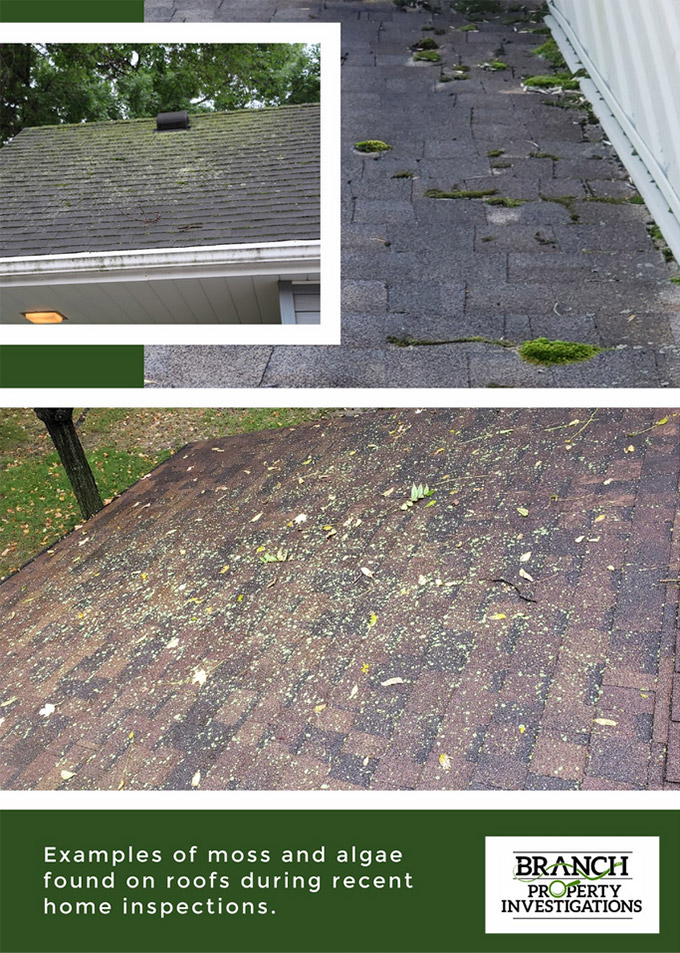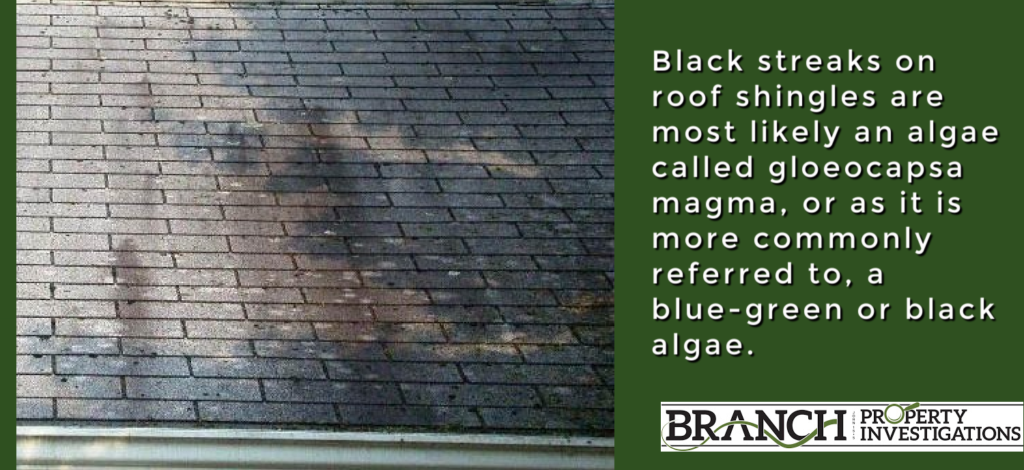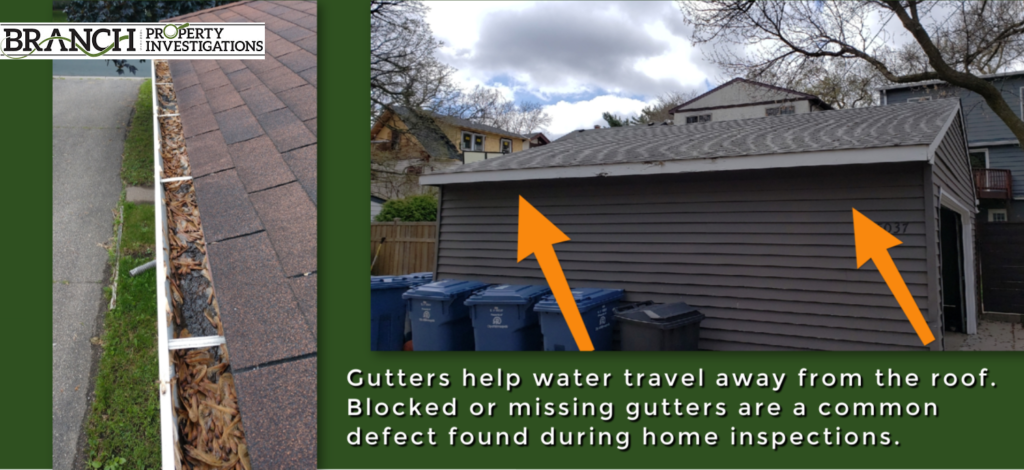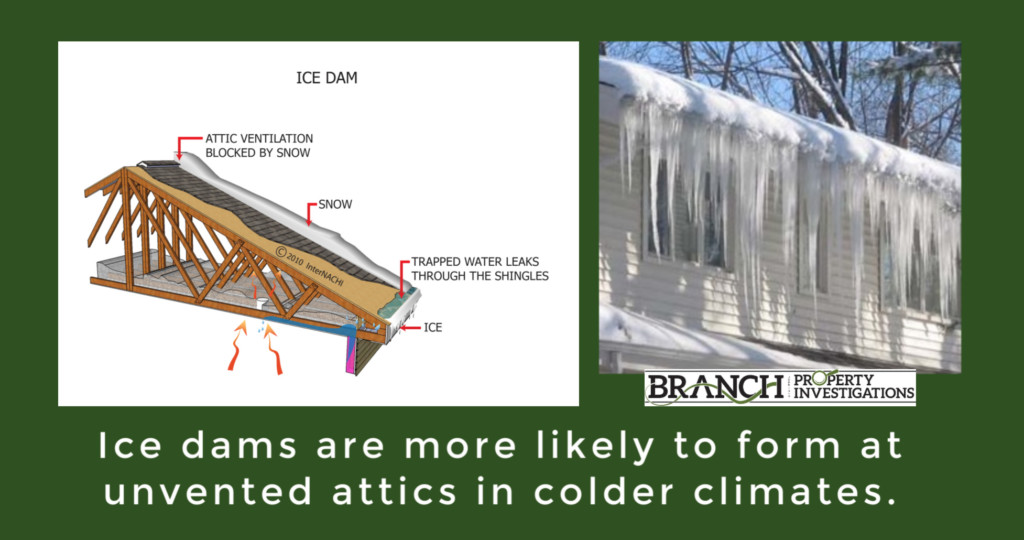The roof is an incredibly important building component as it not only protects a home from the elements but it also insulates to retain heat in the winter and cool air in the summer. Given the roof is an essential part of the home you may purchase, you’ll want to pay close attention to its condition. Roof repairs or replacement can be very expensive so it’s critical to understand the condition and expected lifespan of a home’s roof. Your roof inspection is very important!
When I inspect a property, my goal is to provide clients with as much information as possible about their property in the time allotted. I always bring extension ladders and walk a roof when it’s safe to do so in order to provide clients with detailed photos of the roof’s condition.
What am I specifically looking for when I inspect a roof? I’ll elaborate below. (There are some aspects of a roof you can observe from the ground so I recommend paying close attention to what you can see when you’re visiting a prospective property.)
Missing or Broken Shingles
Any missing or broken shingles call for immediate action to keep water from seeping under the shingles, rotting the wood sheathing beneath and potentially damaging interior components. Ignoring a problem, even what appears to be a small one, can lead to unexpected interior damage and accelerate the need to replace the roof altogether.
Granule Loss on Shingles
The job of these gritty, mineral granules which are adhered to the shingle’s surface is to protect the shingle from sunlight and UV light and from the weather in general. Granule loss occurs from normal shingle wear, hail damage, roof raking of snow, excessive walking-on, or even defective roofing products.
Granule loss can be obvious on the shingle itself or there may be evidence of shingle granules accumulating in the gutter system visible during a roof inspection.
Moss or Algae Stains on a Roof
Once algae growth becomes visible, the roof decay process is well underway. In order for your roof to last as long as possible, it’s vital that you address the algae growth as soon as you’re able to prevent it from spreading.
Algae on your roof can have a black tint; causing your roof to be stained or streaked. It can also look like green and white splotches. When you have a “stained” look on your shingles, it means that the algae is decaying. It has nearly completed its life cycle. For more information on the topic, please visit our blog, “ Removing Moss and Algae from Your Roof”.
Blocked or Missing Gutters found during Roof Inspection
Gutters are meant to help water travel away from the roof. When a blockage forms and they get clogged, that travel stops. Rainwater will then pool in one area of the roof and have more of an opportunity to seep through cracks.
Blocked, debris-filled gutters are a common defect I call out during home inspections. Fortunately, tackling the issue is a relatively easy DIY job that requires a ladder, some gloves, and motivation! (I recommend placing a large tarp underneath the area where you are working. This way, you can drop any debris as you go and wrap it up for easy disposal later.) If you’re not comfortable or able to work on a ladder, there are gutter cleaning services available as well.
I inspect many homes and detached garages that are missing rain gutters altogether. When rain flows directly off the roof (with no gutters present), the water causes erosion, washing away more and more soil each time it rains. This causes landscaping to wear down, allowing runoff to flow toward your home instead of away from it. Erosion also causes the foundation to settle. Gutters are not only important to the roof system but aim to protect the whole building from moisture intrusion issues.
Avoiding Ice Dams & Attic Condensation Issues
Non-uniform roof surface temperatures can lead to ice dams and are a real problem during Minnesota winters. In case you’re unfamiliar, an ice dam is a ridge of ice. It forms at the edge of a roof and prevents melting snow (water) from draining off the roof. The water that backs up behind the dam can leak into a home. It may cause damage to walls, ceilings, insulation and other areas.
Moisture entering the home from ice dams can lead to the growth of mold and mildew. This may cause respiratory issues or other health problems for some people. While we obviously can’t see ice year-round, we can identify conditions in the attic insulation and ventilation systems that can accelerate ice formation on the roof in the right weather conditions. The attic system can and will impact the roof longevity, so an attic inspection is also an important part of a roof evaluation.
Covering up the soffit vents with loose fill or batts, which can happen if you stuff insulation along the eaves, is a huge no-no. The airflow from the soffit/gable vents to the ridge/roof vent keeps the roof cool and also will help prevent ice dams.
Is a Separate Roof Inspection Necessary?
If your home inspector notes roof defects in your inspection report, you may consider having a roofing contractor out to provide you with repair estimates. If you plan to replace your roof, this blog on Replacing Your Roof has some helpful guidelines and estimates. Many roofing companies provide free repair or replacement estimates so if you have serious concerns, it’s best to understand what level of investment your roof may require. All roofs weather and show their age over time. It’s helpful to budget for potential issues or future replacement if you know it’s inevitable down the road.
If we can help with a home inspection, please give us a call at (612) 440-8466 or visit our website to schedule online!


